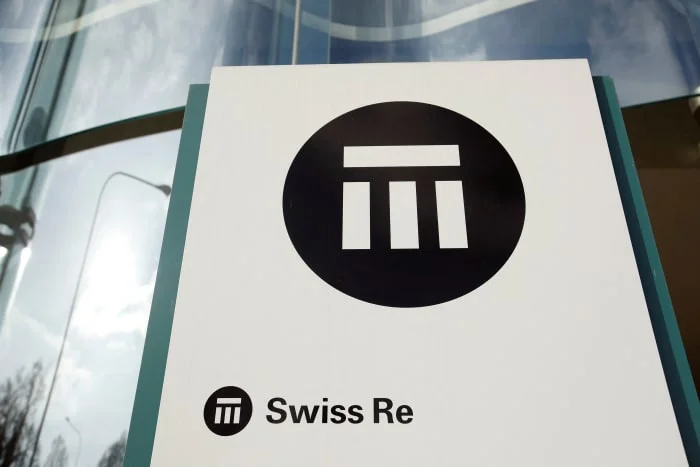
How Did Swiss Re Turn Wildfire Chaos into Profit Gains?
In a surprising twist amid escalating global risks, Swiss Re, the global reinsurance giant, has reported a robust first-quarter profit surge, defying losses from devastating California wildfires. As climate-driven disasters become more frequent, this outcome highlights the resilience of the insurance sector and raises questions about how companies are adapting to an unpredictable world.
Swiss Re's net income climbed to $1.3 billion in the first quarter of 2025, marking a 16% increase from the previous year. This growth occurred despite significant claims from natural catastrophes, including the Los Angeles wildfires, which alone accounted for $570 million in losses. CEO Andreas Berger noted in a statement, "The first quarter was marked by significant large loss events, but our businesses demonstrated resilience, acting as a shock absorber for peak risks." This performance exceeded analyst expectations of $952 million, underscoring Swiss Re's strategic adjustments, such as raising reserves in its U.S. Property & Casualty business since Berger took office last July.
Diving deeper, the company's Property & Casualty Reinsurance unit delivered a net income of $527 million with a combined ratio of 86%, even after absorbing over $700 million in claims. Corporate Solutions added $208 million, while Life & Health Reinsurance contributed $439 million, buoyed by steady margins and investment gains. A key factor was the recurring investment income yield of 4.1%, up from 3.9% last year, driven by strategic asset sales and a strong return on equity of 22.4%. Comparatively, last year's results were solid but didn't face the same level of wildfire intensity, making this quarter's outcome a testament to Swiss Re's disciplined underwriting and capital management. The firm maintains a fortress-like Swiss Solvency Test ratio of 254%, well above the target range, signaling ample buffers against future volatility.
The Los Angeles wildfires, estimated to cause up to $40 billion in insured losses, were the costliest global peril in a first quarter on record, according to reinsurance broker Gallagher Re. This event ties into broader trends, such as rising global temperatures—2024 was the planet's hottest year—exacerbating natural disasters. Analysts point out that Swiss Re's ability to offset these losses through diversified performance across units exemplifies a shift in the industry toward proactive risk management. By pruning unprofitable lines and achieving modest premium growth in April renewals, the company is positioning itself for long-term stability in a challenging environment.
In summary, Swiss Re's Q1 success amid wildfire setbacks not only reinforces the importance of adaptive strategies in reinsurance but also prompts reflection on the growing intersection of climate change and economic resilience. What does this mean for the future of insurance in a warming world? We invite readers to share their thoughts—how do you think companies like Swiss Re can better prepare for such events? Leave a comment below and help us explore these critical issues.